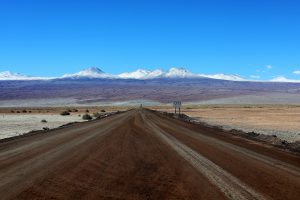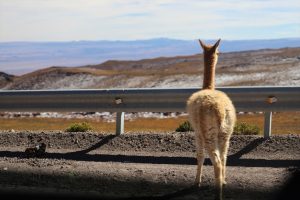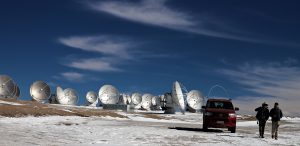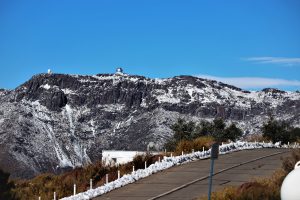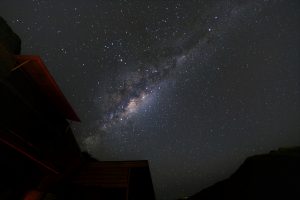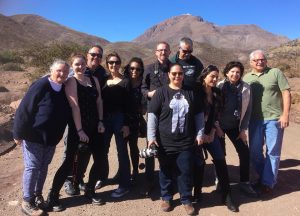If you ever planned a trip to Chile, you already know that the country is one of the best places in the world to do astronomy, which also makes it one of the best places in the world to do astrophotography. Last March, I had the honor of being selected to the Astronomy in Chile Educator Ambassadors Program (ACEAP), one of the best programs offered to teach hands-on astronomy education techniques to educators and astronomy outreach professionals.
In order to prepare for my trip, I had to gather a few facts about the country — weather conditions — it was winter, of course, and other such nontrivial matters as what to do in case of altitude sickness. But, my main focus was to figure out what sort of photography equipment I should take. The only thing I knew at the moment was that I wanted to document my experience on my trip as much as possible, and that I had to stay light and mobile because we would be moving around a lot and traveling to different cities every other day.
So, I decided to pack a DSLR with a few lenses for astrophotography, a sky tracker (a camera used to follow the Earth’s rotation and eliminate star trailing that can happen on long exposure images), a sturdy tripod, a GoPro with gimbal for stabilized videos – and at the last minute I decided to include a portable drone for aerial cinematic shots. Taking the drone turned out to be one of the best decisions I would make! I also packed an image stabilized binocular and a couple of power banks for emergency charging of electronics. A 4TB wireless hard drive allowed me to leave my heavy and bulky laptop at home; all I needed was my trusty iPad Pro, and I was ready to take photos!
